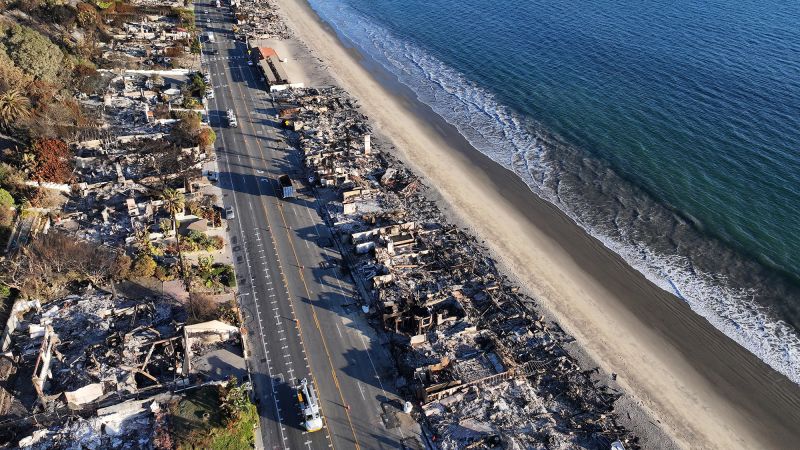In a revealing report by reinsurance broker Gallagher Re, it was disclosed that the first six months of the year witnessed unprecedented insurance losses attributed to raging wildfires and severe storms, reaching an alarming total of approximately $84 billion. This figure marks the highest recorded losses for the same period since 2011, a year that saw insurance losses amounting to $136 billion. As climate change continues to intensify the impacts of natural disasters, weather- and climate-related events alone accounted for at least $81 billion in damages during the first half of 2025, setting a new record for such occurrences from January through June.
The projections for the entire year suggest that insurance losses could exceed $100 billion, a reality Gallagher Re has termed “a new market reality.” This shift underscores the increasing frequency and severity of natural disasters, which pose significant risks not only to property but also to the insurance industry’s sustainability. With such staggering figures being reported, the discussion surrounding climate risk and adaptive measures for the future is more pressing than ever.
Among the critical events contributing to this staggering total were the wildfire outbreaks in the United States, particularly those that took place in January, which alone accounted for nearly $40 billion of the overall insurance losses. Southern California experienced some of the most devastating wildfires in its history, devastating homes and forcing tens of thousands of residents to face difficult choices about whether to rebuild or relocate from a state that is increasingly becoming prone to wildfires. This dilemma raises essential questions about the viability of staying in high-risk areas and the long-term implications of such catastrophic events.
State Farm General, California’s largest insurance provider, reported more than 8,700 claims and disbursed over $1 billion to affected customers in the aftermath of the wildfires. The circumstances prompted the company to appeal to state officials for an emergency interim rate hike averaging 22% for homeowners, reflecting a dire financial landscape that is placing further pressure on individuals and families. This situation highlights the interconnectedness between climate events and economic consequences, revealing how households may struggle to cope with rising insurance costs alongside the physical threat posed by climate change.
Severe storms that ravaged the United States also contributed substantially to the insurance losses, with estimates suggesting that damages from tornadoes, winds, and hail amounted to at least $33 billion. Particularly devastating storms swept through the Midwest and South in mid-March, generating powerful tornadoes that left behind a trail of destruction. The storm outbreak from March 13 to March 16 was particularly costly, with Gallagher Re estimating nearly $8 billion in insured losses, marking it as the fourth most expensive storm outbreak on record.
Interestingly, while the United States grappled with these unprecedented losses, the rest of the world reported below-average insurance losses for the same period. Non-US insured losses fell below $10 billion, a figure that highlights a stark contrast to the American experience. This has occurred only once since 2006 and demonstrates the variability of climate impacts across different regions. The most costly non-US event was an earthquake in April that struck Myanmar and Thailand, where liabilities could exceed $1 billion upon the completion of claims processing.
The findings presented in this report encapsulate the evolving landscape of risk management in insurance. As we witness the escalating effects of climate change leading to more frequent and severe natural disasters, it becomes imperative for all stakeholders—governments, businesses, and communities—to engage in a dialogue about resilience and adaptation strategies that can mitigate the implications of such catastrophic events. The sooner steps are taken to address these risks, the better prepared society will be to navigate the challenges that lie ahead in a changing climate.











